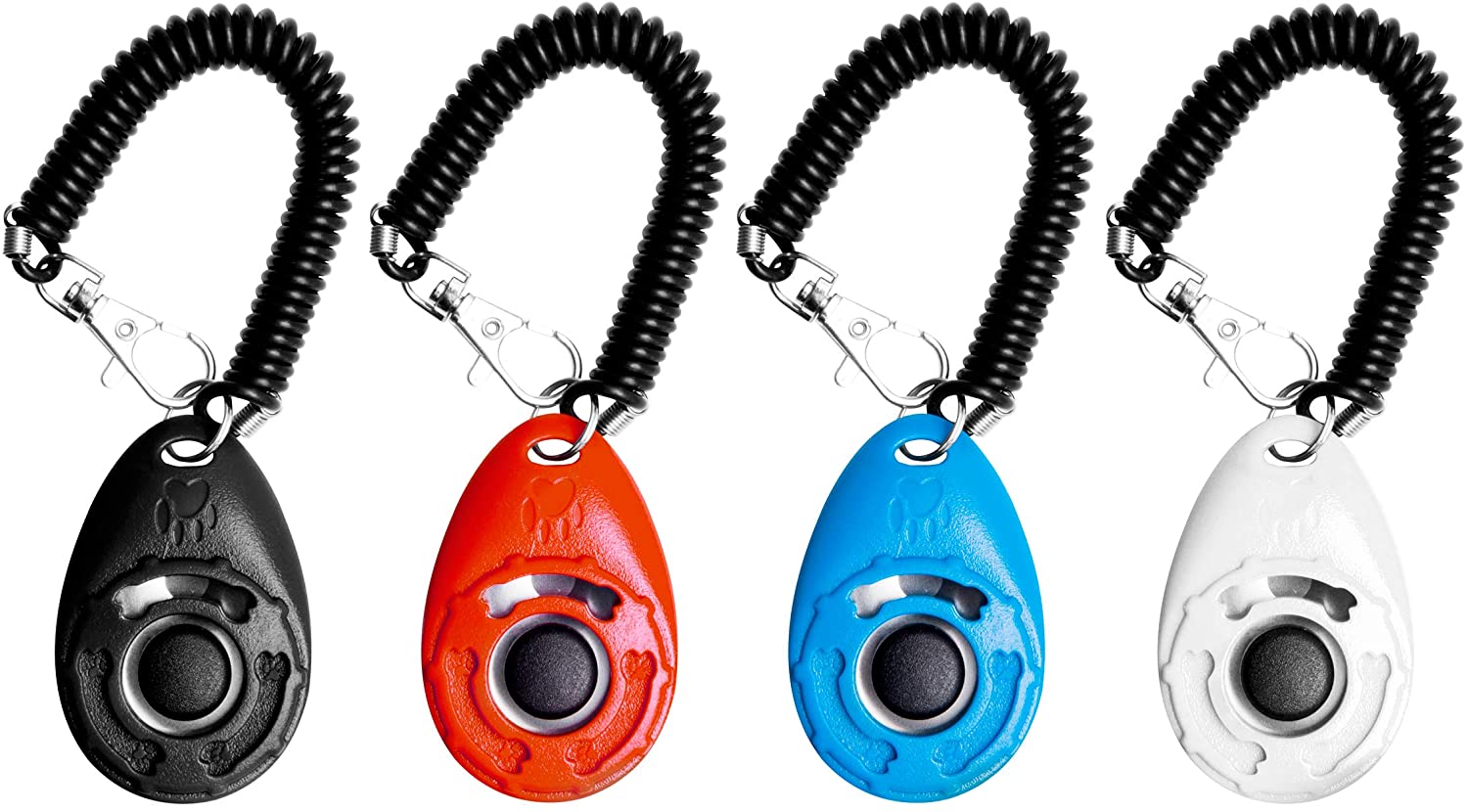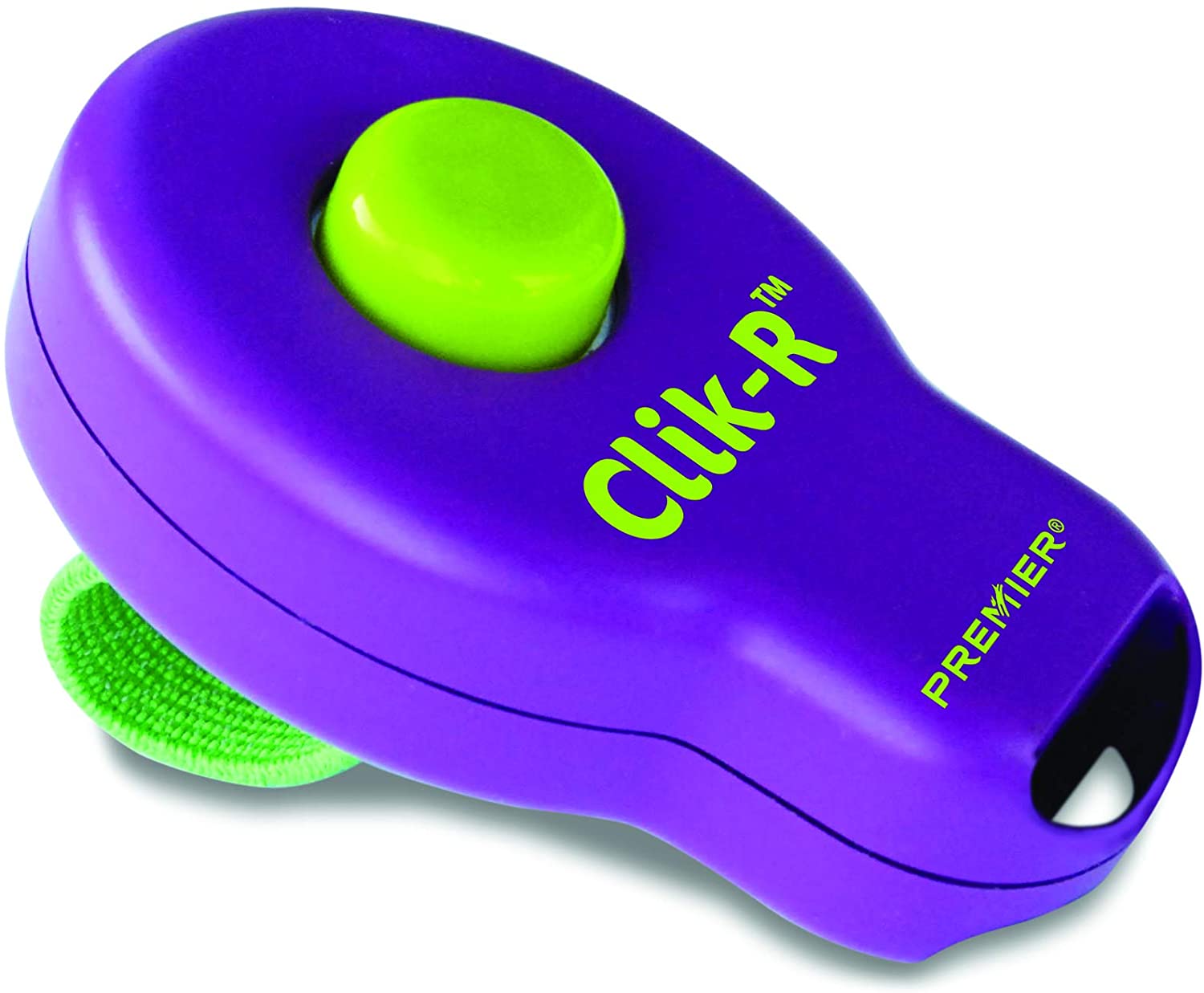Dog Training for a Sheltie
by Robert Fox
The Sheltie (also known as the Shetland sheepdog) originally hailed from the Shetland Islands. They were used to herd flocks of sheep, cattle, and ponies. The dogs were very obedient and great herding dogs.
The Sheltie eventually made its way to the mainland and was used as a herding dog. In 1914 the Sheltie was officially recognized as its own breed Shetland sheepdog by the English Kennel Club.
Many have confused the Sheltie with being smaller Collies. While they probably both come from a similar ancestor, they are different and distinct breeds with their characteristics.
The Sheltie is an active dog who needs the chance to get active every day. Shelties are natural watchdogs that are protective. They will bark if they notice something new in their domain.
You will want to work with your dog to train them, so they know when it is ok to bark and when they need to stay quiet. They are brilliant and quite capable of learning to distinguish between situations.
Contents
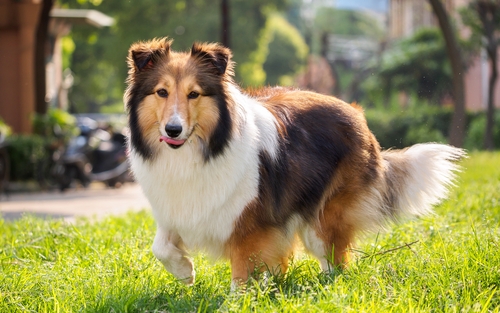
| EcoCity 4-Pack Dog Training Clicker with Wrist Strap |
|---|
| Karen Pryor Clicker Training Terry Ryan Clik Stik for Pet Training |
| PetSafe Clik-R Trainer |
The Sheltie is a great family dog and will love to participate in activities and play. The Sheltie can be trained quickly. The Shetland sheepdog is also well adept at competing in obedience and agility competitions.
Stay with us to find out more about this amazing breed. Today, we are going to talk about:
We start by discussing how much physical exercise a Sheltie needs.

How Much Physical Activity Does a Sheltie Need?
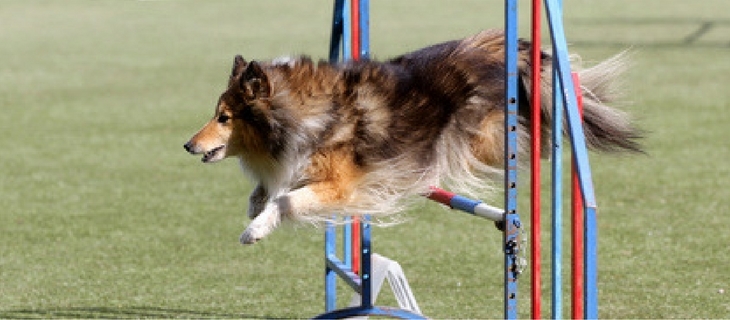
Shelties are a very active breed and require a lot of exercise. You should try to give your Sheltie a long walk or run every day.
Shelties require at least 30-60 minutes of physical activity per day, which is pretty much the standard for any dog breed.
Of course, it is even better if you can give your Sheltie even more playtime than 60 minutes per day.
We encourage you to take your Sheltie to any outdoor activities where dogs are allowed. This will prevent your Sheltie from getting bored at home and help you keep his/her mind stimulated.
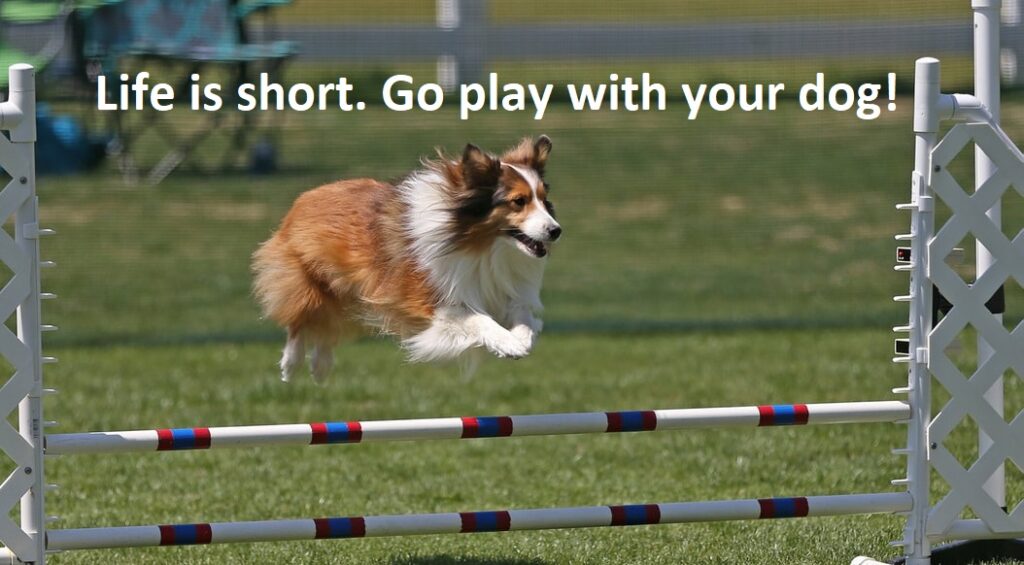
Remember that physical and mental exercise is practically your Sheltie's life purpose.
Next, we explain what the best training methods for Shelties are.
What are the Best Training Methods for Shelties?
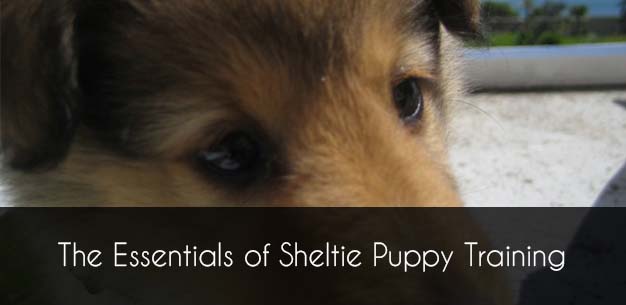
As we have already mentioned, Shelties are very intelligent and sensitive dogs. They are highly responsive to new tricks and training.
You should never use negative physical force on them.If you use force on them, they will probably respond with fear and anxiety. This will only slow down your training process.
Instead of using physical force, you should use very simple and clear instructions. You need to try to keep them stimulated, teach them as many tricks as possible and obedience from a young age.
Remember, Shelties usually have only one aim - to please their owners. This means you can make the training really fun for both of you.
Next, we move on to our training tips for Shelties.
How to Guard Train Sheltie
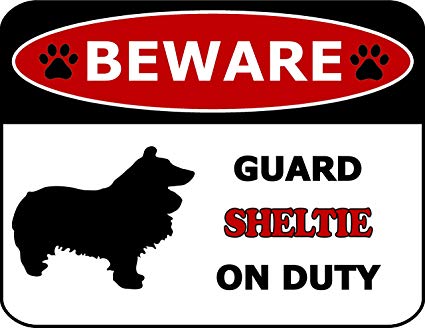
One method for training your Shetland sheepdog is to use clicker training. Clicker training can be a handy way to train your dog.
The basic concept is that when your dog performs the desired behavior, you click the clicker and give the dog a treat.
As they learn this action and you are consistent with the clicker and treat, they will associate the clicker with the treat.
Eventually, you will be able to use the clicker without the treat, only giving the gift on occasions.
Sit - Stay
A right place to start is learning the sit command. Raise your hand up displaying a stop signal and say "sit." Once your dog complies, praise them, click the clicker and give them the treat.
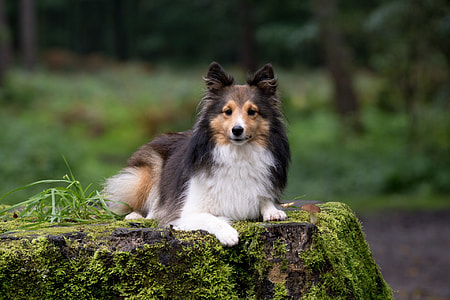
You should repeat this many times until your dog gains the association between the word "sit" and hand signal.
Once your dog understands the command and has also made the association with the clicker you can wean off the treat each time.
Once your Sheltie has mastered the sit, you can move on to the Sit - Stay. Prompt your dog to sit, then slowly step back while saying the command "stay" and holding your hand up in a stop sign motion.
If your dog stays for a few seconds, praise them and give them the come command with the treat and clicker.
Slowly extend the time they need to keep for the reward. Eventually, use the clicker without the gifts for some of your training.
Training to Heel
Working with your Sheltie on how to heel is a vital training step which will make it easier to walk your dog. Activity is essential for your Shetland sheepdog, so you want to make it enjoyable.
First, you will need a place without distractions that is quiet. Have your dog sit on your left side.
When you are going to begin to walk, you will hold the leash in both hands, your left hand holding it out over the dog, ready to correct your dog, and your right containing the loop.

Once you are prepared to go, you will say "your dog's name, heel." You are letting your dog know this is a command and that you want him to move.
As you walk, if your dog runs ahead of you, once he gets to the end of his leash you will say "heel" loudly. Then you will want to turn around to the right and walk in that direction.
Once your dog catches up to you, praise him. Keep praising him when he is successfully walking with you. You can also use the clicker treat when your Sheltie is heeling.
If your dog isn't keeping up with you, try to call him or pull gently on the leash. Once you have practiced this, it is time to train your dog to walk directly at your side and actually "heel."
Start with your Sheltie on your left again and give the command to heel and begin to walk.
As soon as they move away from your left leg, you will give them a correcting jerk with the leash and say "no" while turning around to the right and walking the other way. Keep repeating this, and your dog will catch on.
Training When to Bark
Shelties have been known to bark, sometimes when you don't want them to. Training them to bark and to be silent can help prevent annoying barking.
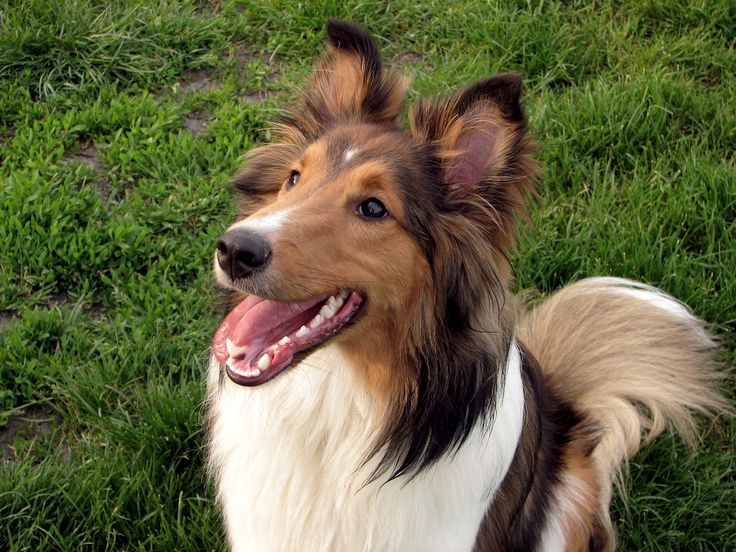
Try ringing the doorbell or doing something that you know triggers your dog to bark. When your dog barks, give her a treat and use the clicker.
Then put your hand up right in front of her face in a stop sign motion and say "quiet." As soon as she is quiet, use the clicker and give her a treat.
Keep repeating this to teach your Sheltie what "quiet" means and when it is ok to bark. It will make her an excellent watchdog but not an annoying pet.
Conclusion on Sheltie
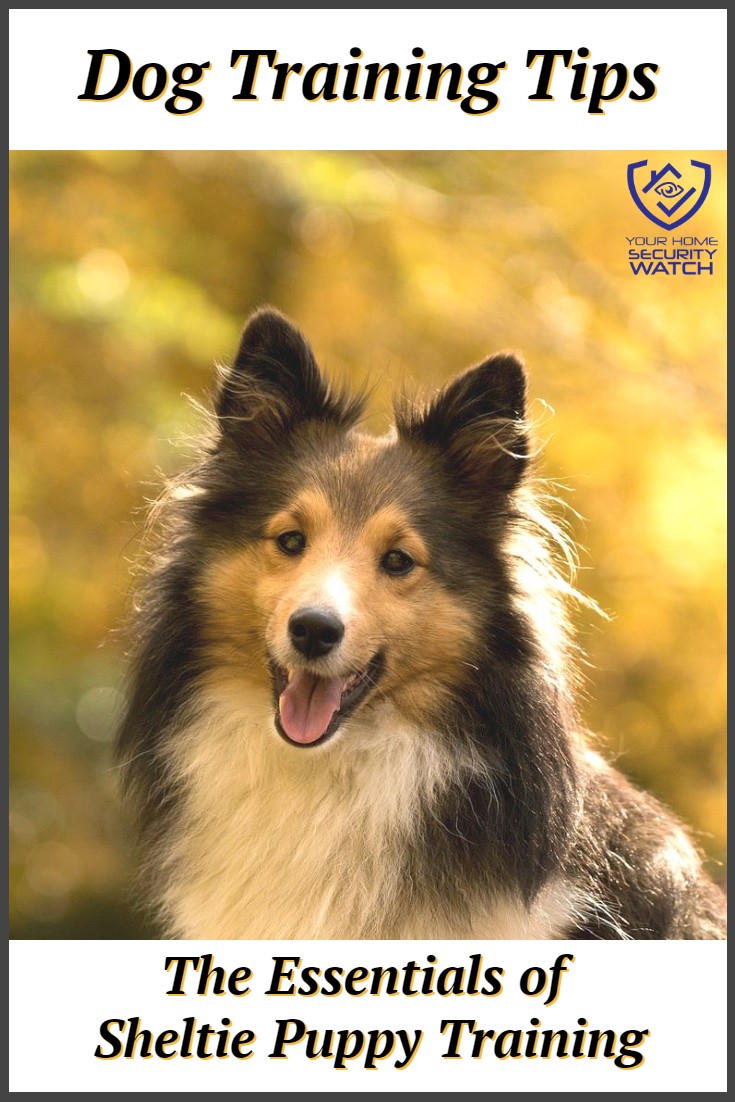
Shelties are great pets that can learn many things and be excellent companions. And, if you train them properly as explained, you'll make them excellent guard dogs.
Here's one video with another way to guard train a sheltie:
Related posts for Sheltie
- How To Clicker Train Your Dog and Other Pets
- Jack Russell Terrier Guard Dog Training Tips
- How to Choose The Right Guard Dog for You and Your Family
 |
 |
 |
 |

About Robert Fox
Rob Fox is a former hydro worker who used to teach self defence in Miami for 10 years. He's currently enjoying his retirement, playing cribbage and golf with his buddies, locksmithing and home security in his spare time. Rob is an avid reader, and has even written a few books on the subject of self defence.
Thoughts on "Dog Training for a Sheltie"
 |
 |
 |
 |
You can Get FREE Gifts. Furthermore, Free Items here. Disable Ad Blocker to receive them all.
Once done, hit anything below
 |
 |
 |
 |
